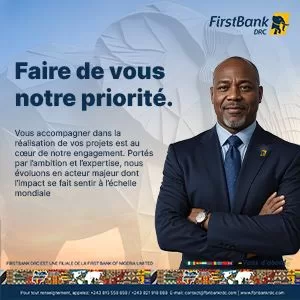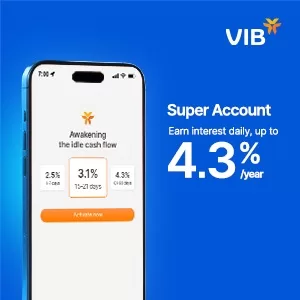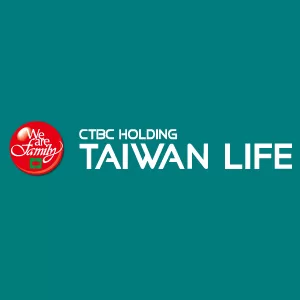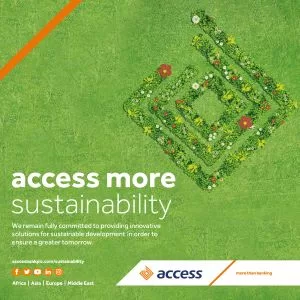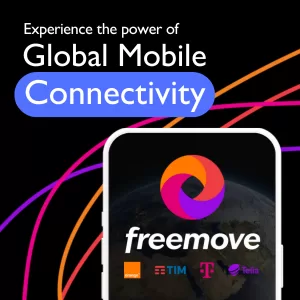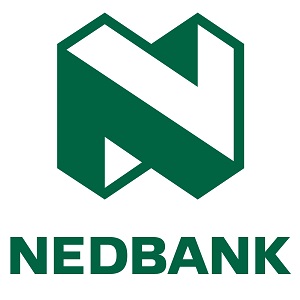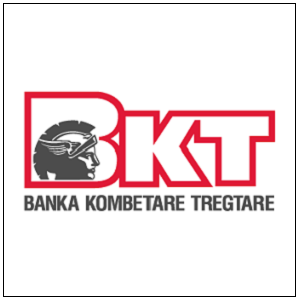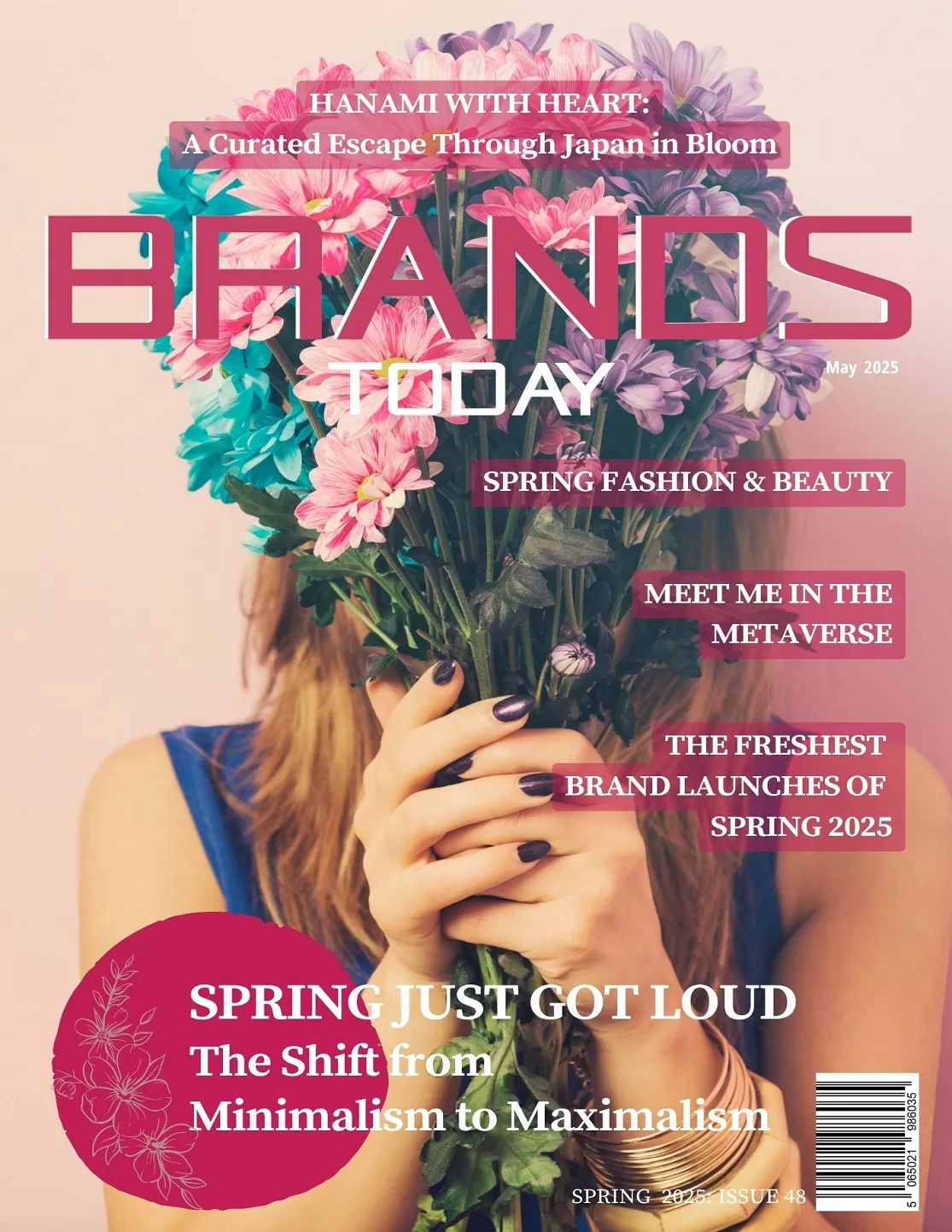Brands Social
No More Midnight Doom Scrolling: TikTok Forces Teens to Log Off and Breathe
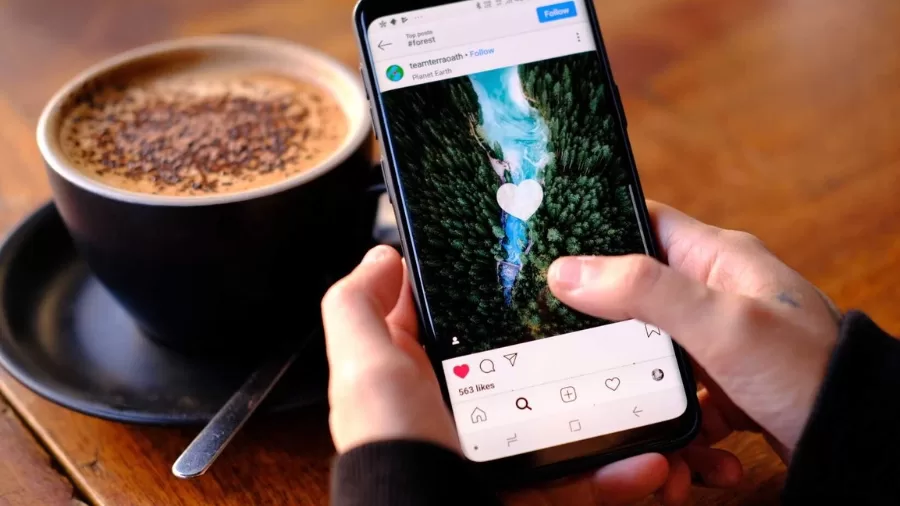
- According to 2024 data, close to one-quarter of TikTok’s global users belong to the 10- to 19-year age group.
- In the United States, teens make up 32.5% of the active users.
TikTok pushing teens towards guided meditation after 10 PM seems to be a step toward digital responsibility. It suggests a growing awareness that the platform has influence, and with that comes the need to act in the interest of user well-being.
The move raises an important question: Can a platform that thrives on engagement successfully prompt its youngest users to disconnect?
TikTok’s Guided Meditation Feature: Helping Teens Wind Down
Teens using TikTok in the U.S. will now see a change in their late-night scrolling habits. Starting this year, the platform will begin displaying full-screen prompts after 10 PM, encouraging users aged 13 to 17 to log off and try guided breathing or mindfulness activities instead.
This is an optional prompt, allowing teens to continue scrolling if they choose. If you’re underage and still active after 10 PM, TikTok will serve a “suggested nudge” featuring calming visuals and links to meditation content. While teens can technically continue scrolling after the prompt, TikTok is framing the experience to make pausing feel like the default.
The meditation content includes TikTok’s “Mental Health Awareness Hub”, with videos from creators trained in mindfulness, as well as collaborations with wellness apps like Calm and Headspace.
Adults who want to try this can turn on similar features in the Sleep Reminders section under Digital Wellbeing settings.
Why TikTok Is Doing This
The feature arrives at a time when global regulators are scrutinising how tech platforms manage screen time and mental health. Lawmakers in the U.S. and EU have called for stricter measures around children’s digital habits.
TikTok says the aim is to encourage users to make healthier decisions without forcing them off the app. It’s part of a larger push to protect younger audiences and show that the platform can be proactive without legislative pressure.
With sleep deprivation among teens becoming a public health concern, especially with the increase in nighttime screen use, TikTok is moving toward tools that look like behavioural nudges rather than restrictions.
Early Reactions
During testing, TikTok reported high opt-in rates for similar digital wellness prompts. According to the company, most users under 16 who encountered the feature chose to keep it.
While critics argue it doesn’t go far enough to address addiction-like behaviour, others see it as a practical compromise. It’s a subtle shift — not a ban, but a prompt — which may be more effective than hard limits for teen audiences.
TikTok’s Broader Mental Health Strategy
This meditation initiative is the latest in a line of mental health moves from TikTok. The company has expanded its Mental Health Education Fund and partnered with 31 organisations across 22 countries, donating over $2.3 million in ad credits.
Its “Digital Wellbeing” tools now include screen time dashboards, restricted content settings, and Family Pairing controls that let parents set parameters on their children’s use of the app.
TikTok is consciously polishing its marketer image as a wellness-orientated platform, especially at a time when tech companies are under increased pressure to demonstrate social responsibility.
Making the Most of the Feature
If you’re a teen, the meditation nudge will appear automatically after 10 PM. You’ll see full-screen prompts encouraging you to pause, breathe, and explore calming content.
If you’re a parent, consider enabling Family Pairing to:
- Set sleep schedules
- Manage time spent on TikTok
- Access view history and privacy settings
And for adult users:
- Visit Settings > Digital Wellbeing
- Enable Sleep Reminders
- Choose a bedtime for content limits
Where This Could Lead
TikTok’s shift toward built-in digital wellness raises several questions:
- Will prompts alone shift user behaviour?
- Are these design changes meaningful or just PR?
Meditation is a wider push that relates to how the strategy is formulated to get the target markets to interact with social media. Whether it turns out to be a template for other platforms depends mainly on user response, though regulatory response will also be very important in the ensuing months.











